The offshore wind farm is proposed to be connected to the National Electricity Market (NEM) via the existing substation at the Portland Aluminium Smelter and supply renewable electricity to the smelter which will decarbonise its operations.
The smelter has capacity to produce approximately 358,000 tonnes of aluminium per annum (more than 20% of national aluminium production) and represents approximately 10% of Victoria’s total electrical demand. The wind farm aims to demonstrate the direct integration of variable renewable energy generation with a large, continuous, industrial load.
This $3.47 million project is phase 1 of Spinifex’s proposed development pathway for the wind farm and aims to improve understanding of its commercial viability. The project includes scope to procure and deploy land-based Light Detection and Ranging (LiDAR) equipment to validate the wind resources at the proposed Portland site. Spinifex will also conduct stakeholder and community consultation activities and begin scoping activities for relevant planning and environmental studies required under the Offshore Electricity Infrastructure Act 2021.
The development of offshore wind farms internationally has accelerated over the past decade. Offshore wind farms benefit from higher capacity factors, increased turbine size and efficiency, as well as an increased site availability by avoiding onshore land constraints.
The Offshore Electricity Infrastructure Act 2021 commenced on June 2. There are currently over 20 offshore wind projects in early stages of development in Australia.
Australian Renewable Energy Agency (ARENA) chief executive officer Darren Miller said this project would be the first time ARENA has funded a project which proposes to directly integrate variable renewable energy with an aluminium smelter, supporting the transition to low emissions metals.
“Metals production, especially aluminium, represents one of Australia’s most energy intensive industries. We have a real need to help reduce emissions from smelters, which require a steady and sizeable supply of electricity to operate. Offshore wind could be a potential part of the solution space to this problem,” he said.
“Further, the early stage wind resource assessment of the Spinifex project will provide the industry with valuable insights regarding commercial, technical and regulatory aspects of offshore wind developments in Australia.”
Alinta Energy managing director and chief executive Jeff Dimery welcomed ARENA’s support and emphasised the project’s unique potential.
“Spinifex has terrific potential because the region has strong wind and the project has a ready-made grid connection point, a potential customer, a port, and suitable topography. Given the offshore wind industry is in its infancy, the support from ARENA will be critical to reaching the next stage,” he said.

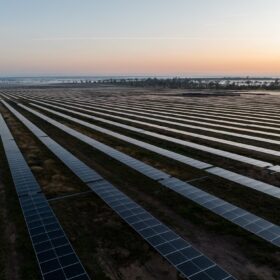
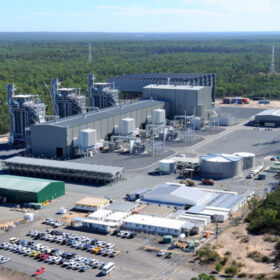
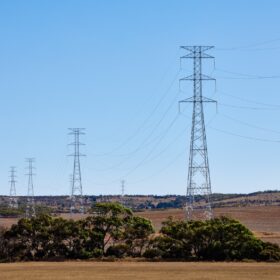
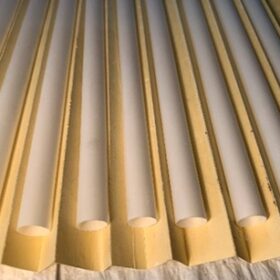
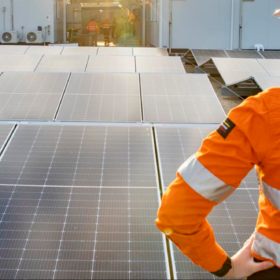
By submitting this form you agree to pv magazine using your data for the purposes of publishing your comment.
Your personal data will only be disclosed or otherwise transmitted to third parties for the purposes of spam filtering or if this is necessary for technical maintenance of the website. Any other transfer to third parties will not take place unless this is justified on the basis of applicable data protection regulations or if pv magazine is legally obliged to do so.
You may revoke this consent at any time with effect for the future, in which case your personal data will be deleted immediately. Otherwise, your data will be deleted if pv magazine has processed your request or the purpose of data storage is fulfilled.
Further information on data privacy can be found in our Data Protection Policy.